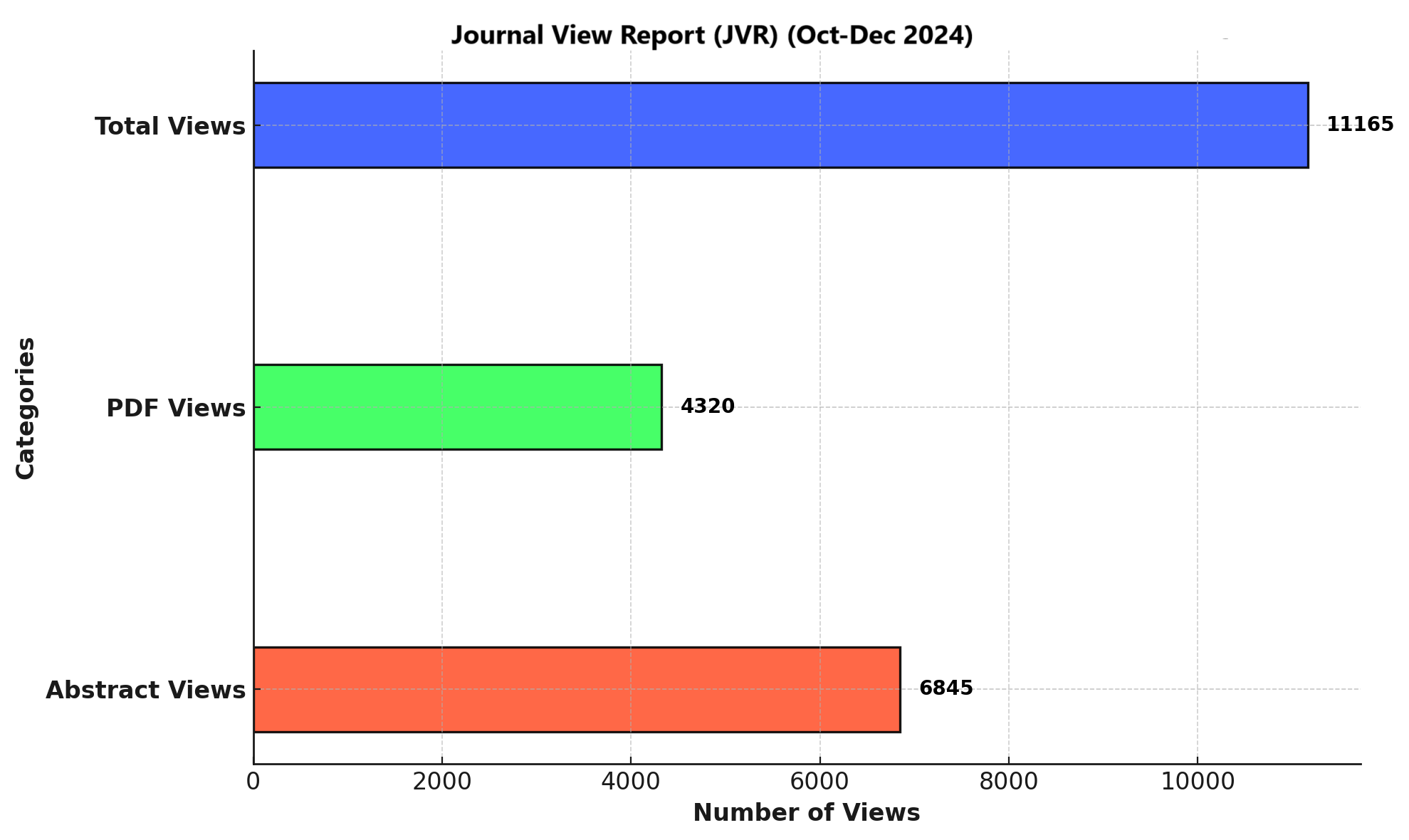ASSESSMENT OF THYROID NODULES ULTRASOUND FEATURES UTILIZING TIRADS CLASSIFICATION; CONSISTENCY AMONG OBSERVERS AND COMPARISON WITH HISTOPATHOLOGICAL FINDING IN PAKISTANI POPULATION
DOI:
https://doi.org/10.71000/z09y2y90Keywords:
Biopsy, Fine-Needle Aspiration, Neoplasms, Thyroid, Sensitivity and Specificity, Thyroid Nodule, Thyroid Ultrasonography, TIRADS Classification, UltrasonographyAbstract
Background: Thyroid nodules are a common clinical finding, with the majority being benign, but a subset requiring precise evaluation to rule out malignancy. Ultrasonography (USG) serves as a non-invasive, widely used imaging modality for assessing thyroid nodules, focusing on features such as echogenicity, margins, and calcifications. The Thyroid Imaging Reporting and Data System (TIRADS) standardizes these assessments, enhancing diagnostic accuracy and reducing interobserver variability. Fine-needle aspiration cytology (FNAC) remains the gold standard for histopathological confirmation, guiding appropriate clinical management.
Objective: To assess thyroid nodules using the TIRADS classification system, evaluate interobserver consistency, and compare findings with histopathological diagnoses in the Pakistani population.
Methods: This cross-sectional study was conducted at Cancer Care Hospital, Lahore, including 73 patients with thyroid nodules. Ultrasound imaging was performed using a high-frequency linear transducer (7–14 MHz), with nodules classified according to the TIRADS system by two independent radiologists. Interobserver agreement was assessed using kappa statistics. FNAC or post-surgical histopathology served as the reference standard. Statistical analysis was conducted using SPSS version 25.0, with sensitivity, specificity, and accuracy calculated for TIRADS classification in predicting malignancy.
Results: Interobserver agreement was highest for shape (86%, kappa = 0.860) and margins (85%, kappa = 0.792), followed by echogenicity (76.2%, kappa = 0.879), echogenic foci (74%, kappa = 0.450), and composition (50.2%, kappa = 0.220). The TIRADS system showed overall consistency in 80.2% of cases (59/73). FNAC confirmed 50 benign and 23 malignant nodules. TIRADS 4 and 5 had the highest malignancy correlation. Sensitivity, specificity, and accuracy of TIRADS in predicting malignancy were 62.96%, 98.0%, and 85.7%, respectively.
Conclusion: The study confirms that ultrasound, combined with the TIRADS classification system, is a reliable tool for evaluating thyroid nodules, with strong interobserver consistency. While highly specific, moderate sensitivity suggests the need for FNAC confirmation, particularly in intermediate-risk nodules. The findings reinforce TIRADS as an effective system for malignancy risk stratification, aiding in clinical decision-making.
Downloads
Published
Issue
Section
License
Copyright (c) 2025 Swera Saif, Muhammad Adnan Hafeez, Fatima Mahrukh, Izza Javaid (Author)

This work is licensed under a Creative Commons Attribution-NonCommercial-NoDerivatives 4.0 International License.







